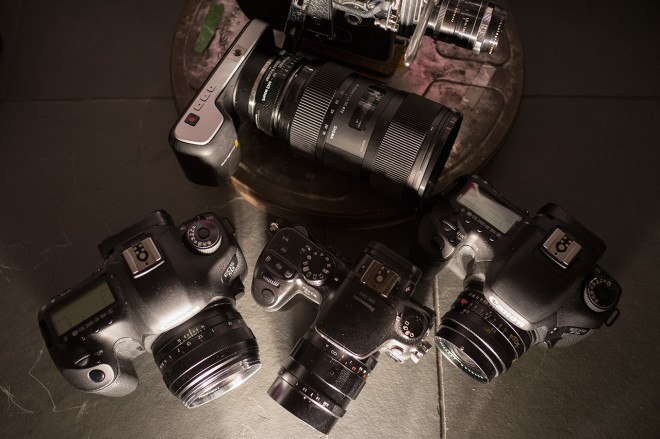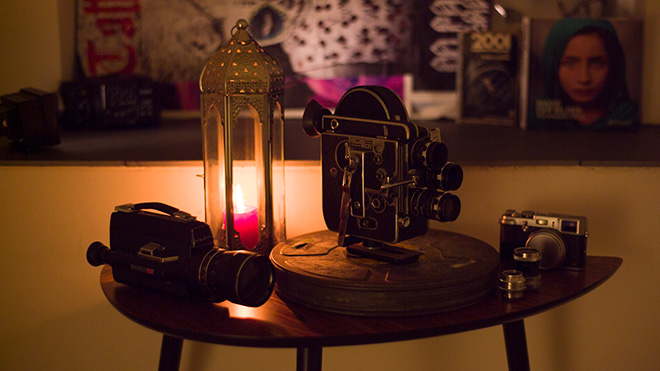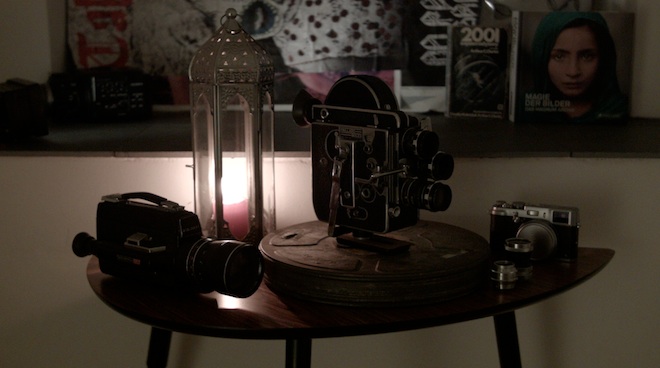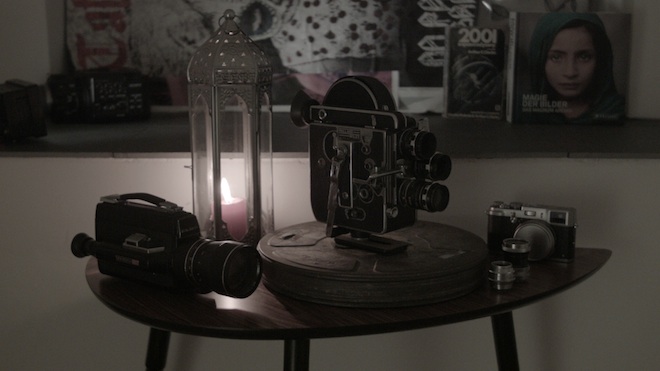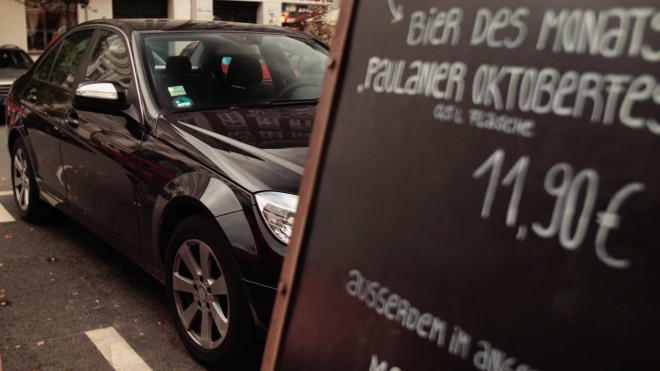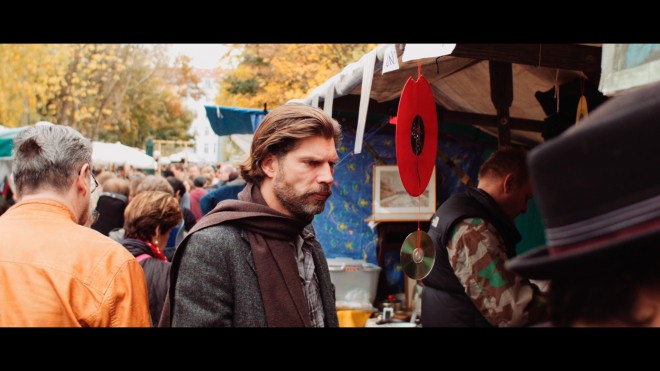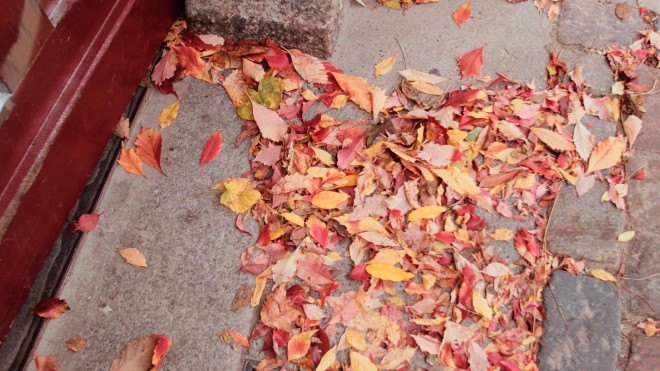68GB worth of material was used to get a studio based test this finely tuned, with the cameras matched in post as close as possible. This effort to remove the variables of grading and camera settings leaves behind a truer picture of the differences in hardware capabilities.
The 5D Mark III raw (from Magic Lantern), if it were a film stock, would be Fuji. Warm vivid colours which may need taming a bit in post. The Blackmagic is more Kodak, cooler and more muted, it often requires the opposite treatment in post to the Canon cameras. The 7D is totally back from the dead – with Magic Lantern raw and the Mosaic Engineering VAF-7D tested here, it offers lovely image quality from a Super 35mm sized sensor, at a similar price to the Pocket Cinema Camera. The Panasonic GH3 – best of the standard system cameras out of the box without modifications does a good job keeping up with them.
The scene was lit three ways to test resolution, dynamic range and low light performance.
Contenders
When I refer to the 5D Mark III and 7D in this article I’m talking about their raw output with Magic Lantern – not the standard Canon video mode unless stated. I don’t shoot with the standard 5D Mark III video mode any more for obvious reasons as you will see in the video!
- 5D Mark III – Magic Lantern Raw Video – Zeiss ZE 50mm F1.4
- Blackmagic Pocket Cinema Camera – ProRes 1080/25p – Sigma 18-35mm F1.8 on Speed Booster
- 7D – Magic Lantern Raw Video – Mosaic Engineering VAF-7D anti-aliasing filter – Sigma 18-35mm F1.8
- GH3 – 1080/25p at 50Mbit/s – Natural picture profile – Sigma 18-35mm F1.8 on Speed Booster
Low light
I am really surprised at how close the Blackmagic Pocket Cinema Camera is in low light to the 5D Mark III.
ISO 1600 on the Pocket Camera is almost as clean in the midtones. Shadows have a silky smoothness in terms of gradation and are just as clean if not better. You can happily push it to ISO 3200 in post and it won’t fall apart.
That puts the Pocket close to the very usable ISO 6400 you get from the 5D Mark III’s raw files.
Another surprise was that the APS-C sensor in the 7D just could not live with the Pocket’s tiny Super 16mm sensor in low light. Way too much fixed pattern noise and banding at ISO 3200.
The benefit of recording raw on the Canon DSLRs though is that when you apply noise reduction in post, it doesn’t come at the expense of detail unless you really go crazy with it. This test had no noise reduction applied so bear that in mind. Your results will look nicer.
The 5D Mark III with raw does the best job of colour in low light. Tones in the shadows are muted and grey on the Pocket Cinema Camera, and I couldn’t get the saturation or colour accuracy to match the 5D Mark III. Even if a tone is dimly lit somehow that Canon colour science gets it singing again.
The biggest difference though is the overall rendering of the lens when you’re shooting wide open in low light. Focus is less manageable on the 5D Mark III at F2 than on the Pocket Cinema Camera. If you need F1.4 or F2.0 on the 5D Mark III you cannot avoid a shallow depth of field when focussing on something a short distance from the lens. It isn’t that you cannot create a shallow depth of field look with the Pocket – you can – it is more that on the 5D Mark III you can’t avoid it! Stopping down to F11 in low light isn’t really an option.
This is where both cameras compliment each other on a shoot. The 5D Mark III can do the locked down stuff and the Pocket can better let the focus puller track a moving object, or to bring the background a little more into play behind an actor.
Dynamic range – how much is real?
The Pocket camera has an extra 2 stops of latitude in the highlights over the 5D Mark III raw, so say the specs.
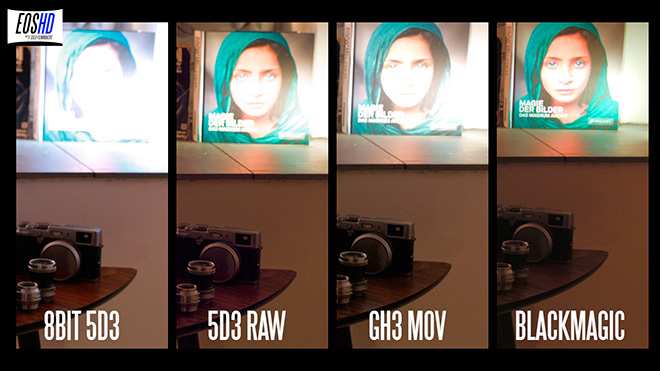
This makes a difference when you have a blown out window in an interior shot and cannot adjust the outside light levels, or if you have something like a candle flame in a low light scene which you don’t want to burn out.
In such situations you have to under expose the rest of the image to maintain the highlights.
The underexposure creates a less pleasing image and more noise when you lift the gloom in post.
This is what we mean by ‘usable’ dynamic range and the Pocket certainly has a bit more than the 5D Mark III.
The lesson learned is if you’re shooting with 11 stops on the 5D Mark III you’re better to let a few highlights burn and preserve the overall image quality in terms of tonality and low noise, than to save them.
The Blackmagic Pocket Cinema Camera can be exposed more to the right, cleaning up the shadows and yet highlights don’t burn as readily. The 5D Mark III with Magic Lantern now has an ETTR (Exposure To The Right) mode and this should help get it closer to the Pocket as it optimises dynamic range.
I wasn’t (at least in this test) able to get the 5D Mark III to quite match the Pocket for dynamic range – just look at the book cover in scene 2. At ISO 800 for scene 1 which is native on the Blackmagic Pocket Cinema Camera, the 5D Mark III looked far noisier than had I shot it at ISO 200 or used ETTR. Put simply – if you have the light available, forget ‘native ISO’ on the 5D Mark III and shoot as low an ISO as possible.
The GH3 did surprisingly well in this test – way better than the stock Canon video mode on the 5D Mark III.
But if it is the best highlight handling and overall dynamic range you want, without a doubt the Pocket is your camera.
Colour response
Colour is very tricky to match across raw, ProRes and 4 different cameras.
I love the Pocket Cinema Camera’s colour in bright light especially when graded with Kodak or Fuji film stocks in Film Convert.
In low light though something happens to the colour to kill it especially if you’re aiming for maximum dynamic range and shadows.
I shot at 180 degrees shutter, 3200 kelvin and all other settings as equal as possible on the cameras.
Adobe Camera Raw opens the 5D Mark III scene like this –
Blackmagic’s Rec.709 video gamma ProRes looks like this –
Hard to believe they are both 3200k in terms of temperature.
Try as I might I couldn’t get the Pocket’s image to warm up as nicely in post.
The Pocket’s image needs to be crushed and burned to come to life and you can’t really do that in low light without the blacks being crushed too much. This somewhat negates the advantage of that 13 stops dynamic range. Film Convert did a superb job as usual but I still wasn’t as happy with the Blackmagic’s colours in this grade as I was with the 5D Mark III and 7D.
Here’s what the Blackmagic Pocket Camera’s ProRes LOG looks like before any grading –
That gives you the maximum dynamic range to grade from.
One has to work hard (and carefully) to match colour to the Canon if you really want it so rich and ‘as the eye sees it’.
With the Video dynamic range ProRes which is supposed to be punchy and pre-graded, you have to boost the saturation by almost 200% in post for it to match the saturation of the 5D Mark III in Adobe Camera Raw.
In doing a test like this you have to be careful when trying to match the images, not to tune out a strength of one of the cameras. With Canons colours so rich, should you dial it down to a more ‘natural’ level or see if you can boost the other cameras to match? It isn’t that muted colours in the shadows are a bad thing – it may be what you want creatively.
But something to be aware of.
In good light I have no problems at all turning the Pocket’s colour and tonality up to 11 when I want it rich with the grade. It is beautiful 10bit ProRes in every respect… Click to enlarge the frame below to 1080p…
Disclaimer: For this test the Pocket Cinema Camera was shooting LOG, giving a flat image which was completely at the mercy of me as a filmmaker and not as a professional colourist so take these results with a pinch of salt! On a normal creative project I would just try to maximise the aesthetic impact of the image and not play one image off against another like this.
7D lives again
The Mosaic Engineering VAF-7D anti-aliasing filter was used in my 7D for this test.
Without the filter, the 7D is absolutely terrible in terms of moire and aliasing and raw makes the image even sharper and so aliasing stands out more.
With the filter and raw, the 7D’s image is totally back from the grave.
Sharpness is right up there with the Pocket Cinema Camera (which doesn’t have any AA filter at all).
In terms of moire and aliasing the GH3 and Pocket are pretty similar. More than the 5D Mark III. More than the 7D + VAF filter? I’ll have to test more at wide angles to find out.
[vimeo]http://vimeo.com/41491834[/vimeo]Above: the Mosaic Engineering effect
The latest Magic Lantern (which can now be installed via EOS-Card when you’re preparing your CF card for the 7D) is vastly improved on 2 months ago.
The 7D can record raw continuously at it’s highest resolution utilising the full APS-C (Super 35mm) sensor.
This resolution is a smidgen under full 1080p at 1728 x 972 with a data-rate of 70Mb/s compared to the 82Mb/s required for 1080p on the 5D Mark III.
Given the price difference it is a small price to pay.
In low light it’s no match for either the Pocket or 5D Mark III because it has vertical banding from fixed pattern noise. The well lit scene however came out very well. Close to the 5D Mark III.
I can’t recommend the 7D without the filter. It absolutely needs to be shot on with the Mosaic. This will add $295 to the cost of used 7D on eBay (check prices) but it is worth every penny to get it so much closer to the $3000 moire-free 5D Mark III.
It’s also very nice to use the Sigma 18-35mm F1.8 to it’s full ability on the 7D’s APS-C sensor.
The Pocket has the advantage of being Speed Booster equipped at an extra $400 and a workflow which doesn’t require transcoding since you can shoot ProRes.
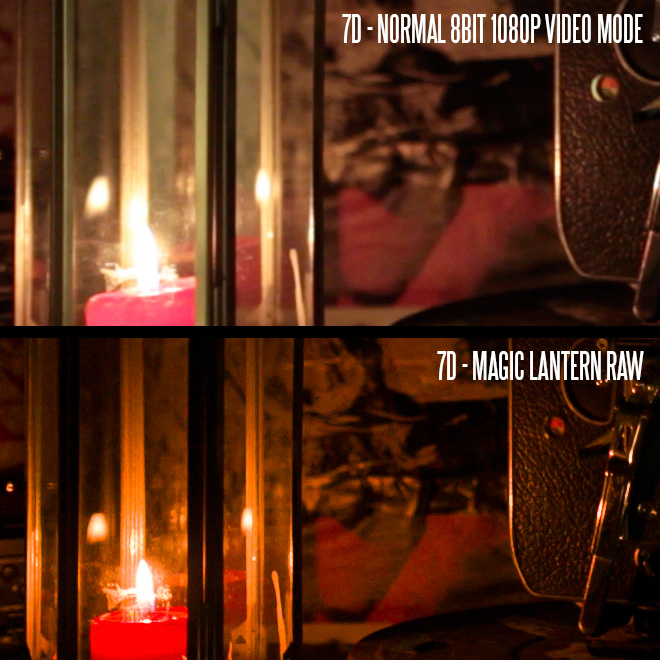
Above: the raw difference
Picking a favourite
Being purely subjective, which is my favourite camera of the bunch?
I love the 5D Mark III for giving such rich colour and foreground / background separation from a full frame sensor, I like seeing the edges of my full frame lenses with no crop factor. However when anything moves you have to stop down tons just to get it in focus, so in some situations you may as well be shooting on a smaller sensor with a deeper depth of field. The important thing is not that you can shoot wide open on full frame all the time. The important thing is that the look is there when you need it at the flick of an aperture ring.
The Pocket Cinema Camera is the best value for money at $999 of the cameras in this test. It beats the 7D for file sizes, a edit-ready codec straight off the card, dynamic range, low light performance and the more adaptable lens mount. I am not pining for raw on the Pocket, because ProRes does such a good job. Blackmagic have done a superb implementation of it and debayer in-camera. The Pocket’s encoder keeps hold of a lot of detail in the shadows and gives a very filmic grain.
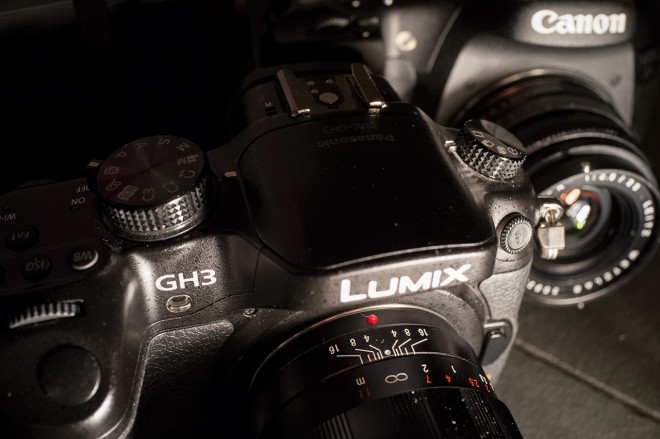
In the real world I’m going to use both cameras but if I had to choose one I’d go for the 5D Mark III as it just turns nearly everything up a notch aside from latitude and highlight roll off, which are better on the Pocket camera.
There are situations where I know the Pocket could give me a more pleasing shot – take the candle flame as an example – and there are lenses I can use on the Pocket that give me a certain look (like c-mount, SLR Magic, Voigtlander or Leica M) and there’s Speed Booster. Lensing on the Pocket is much more flexible than on the Canon mount, unless you shoot a lot of ultra wide angle stuff.
The 7D with Mosaic Engineering VAF-7D is great if you can’t afford the 5D Mark III. A wise investment is to save the extra cash not burnt up on the 5D Mark III body alone and spent it on the Sigma 18-35mm F1.8. Just consider that the 5D Mark III has the advantage of a larger sensor, MUCH better low light performance and higher recording resolutions especially in crop mode or vertically in 3:2 at 1280p. Plus it doesn’t need an anti-aliasing filter.
The Panasonic GH3 offers the most pleasing shooting experience in terms of handling, with the articulated screen, oodles of features and great physical control but the image quality is just not up there hanging out with the others. I really want to see a big powerful camera from Panasonic, because I know for a fact their engineers are capable of it. Let’s consign this 8bit H.264 stuff to history now and let’s see 4K ProRes from the GH4. Make it a proper pro camera but accessible on price like Blackmagic.
For Panasonic it is at least some consolation that Magic Lantern and Blackmagic have a much smaller installed user bases than the GH2 and GH3, so they don’t need to worry about sales just yet. But the higher benchmark has been set.
Here are the final ratings –
5D Mark III Magic Lantern Raw
Magic Lantern Raw video gives the 5D Mark III the image quality its full frame sensor deserves. Huge files but worth the effort. Expensive, but not relative to the professional cinema cameras it lives with and in some cases even exceeds. Silky smooth image, very little grain and very good in low light. Full frame aesthetic and rendering of lenses. Magic Lantern continues to improve in terms of usability and features. For now, top dog.
- Resolution – 10
- Low light – 9
- Dynamic range – 8
- Colour – 9
- Moire & aliasing – 10
- Handling – 8
TOTAL – 54
Blackmagic Pocket Cinema Camera
Easily the best camera on stock settings, far better than the stock Canon video modes without Magic Lantern. Vastly smaller Super 16mm 3x crop sensor compared to the 5D Mark III, so has a different aesthetic with regards to lenses. Not better, not worse, just different. Changes to 2x crop with Speed Booster, which is closer to Super 35mm (which cinematographers think of as their ‘1.0x’ crop). Fantastic dynamic range and highlight handling in tricky situations. Good in low light especially with the Metabones Speed Booster and Sigma 18-35mm F1.8. Really does live with the 5D Mark III’s raw output at a fraction of the expense. Only real downsides relate to moire, battery life and a lack of features.
- Resolution – 9
- Low light – 8
- Dynamic range – 10
- Colour – 9
- Moire & aliasing – 7
- Handling – 6
TOTAL – 49
Canon 7D Magic Lantern Raw
Transformed by Magic Lantern and Mosaic Engineering, the 7D rises from the dead after 3 years with a GH3-beating image. Canon are the luckiest company alive. Image is comparable to the 5D Mark III in good light, like an APS-C version of that camera but with more grain. In low light it all goes wrong. Still a bit more aliasing than the 5D Mark III despite best efforts of the superb VAF-7D filter.
- Resolution – 7
- Low light – 5
- Dynamic range – 8
- Colour – 9
- Moire & aliasing – 6
- Handling – 8
TOTAL – 43
Panasonic GH3
Image is a let down relative to the other cameras in this test, but the GH3 does not need a firmware modification or anything in the way of extras to perform at its best. A convenient camera with many video orientated features. Way better dynamic range and resolution than competing DSLR video modes that don’t record raw.
- Resolution – 7
- Low light – 5
- Dynamic range – 5
- Colour – 7
- Moire & aliasing – 7
- Handling – 10
TOTAL – 41



